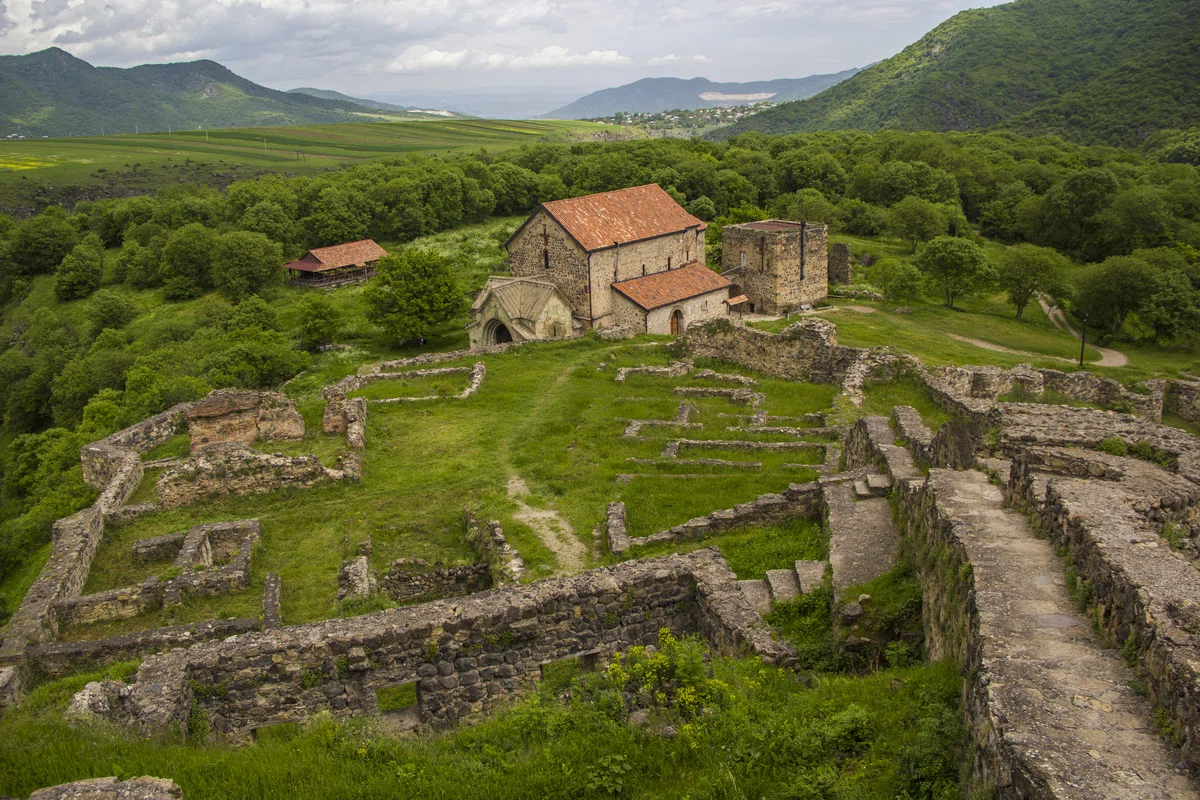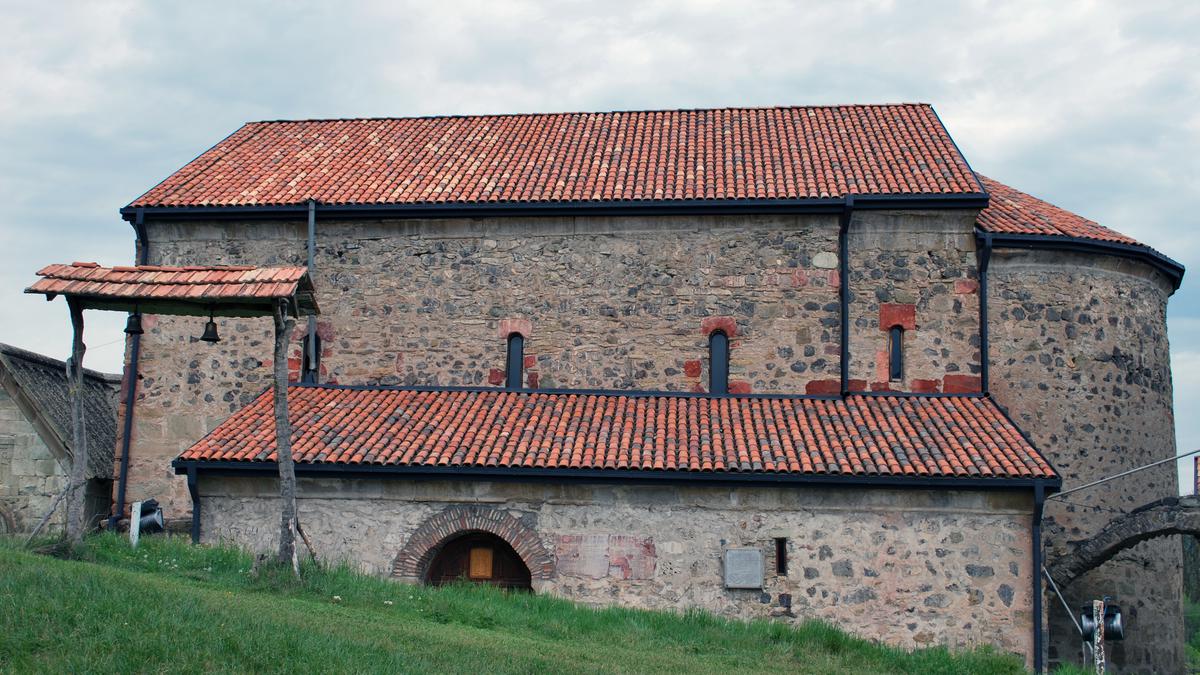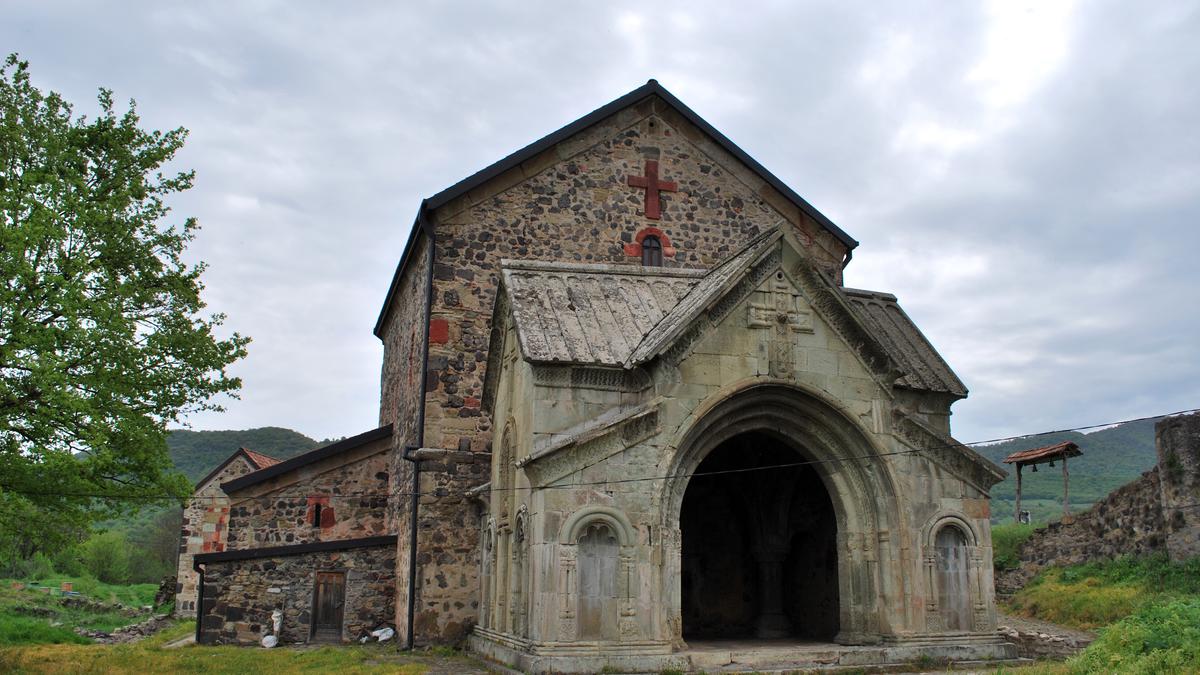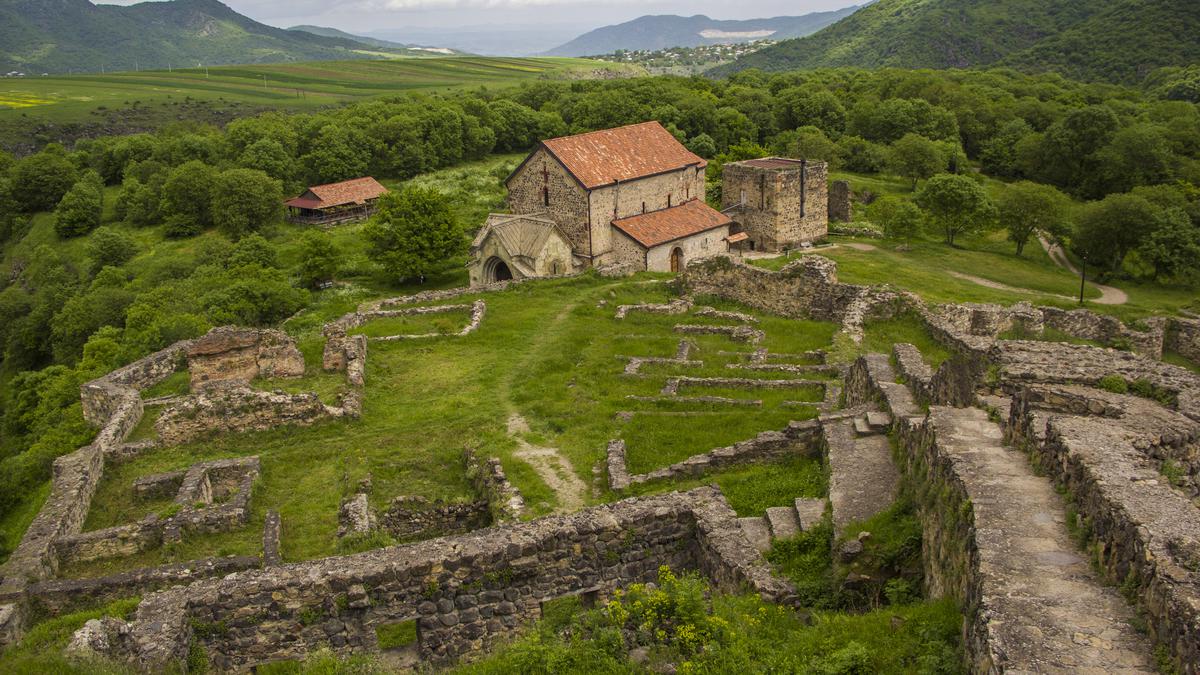
Tour of Georgia: Dmanis Archaeological Museum-Reserve. Uniqueness and history of the complex.
Acquaintance with Georgian history and culture in the Dmanis Archaeological Museum-Reserve. The place where a 1.8 million-year-old human bone was found! The mystery of medieval buildings, which contain a unique history, will send you on a journey through the past.
Visit the Dmanis Archaeological Museum-Reserve⬇️
In the Kvemo Kartli region, the municipality of Dmanisi, in the village of Patara Dmanisi there is one of the most beautiful places in Georgia - the Dmanisi Archaeological Museum-Reserve.
The uniqueness of the complex
The complex includes a medieval settlement, the Dmanis Zion - a monument of the early Paleolithic, the archaeological reserve of the late Bronze and early Iron Ages.
It was here that scientists discovered fragments of human bone dating back 1.8 million years. The Dmanis man is the first European. So the reserve became known to the whole world.
The settlement of Dmanisi is an inner castle, national and religious buildings of the city, secret tunnel and suburban buildings.
History
Sights of Georgia they keep history in themselves, they have gone through the changes of several epochs. So, Dmanisi has a complicated history. It was not inferior in its power to many cities of the world, it was located in a favorable place – the crossroads of trade.
At first, in the IX century, the Arabs owned Dmanisi, later in the 1980s of the XI century the city was given into the hands of the Seljuks. In 1223, David the Builder became the liberator of the city, and later Dmanisi was directly subordinate to the tsar.
During the period of rapid development of crafts and trade, the XII - XIII centuries, the city was especially developed. The trade caravan route to Asia took place here. In Dmanisi itself, they were actively engaged in winemaking, the production of oils and fabrics, and the manufacture of ceramic products.
Since the end of the XIV century, the city has been in the hands of various invaders, but in the XVIII century it finally became a settlement.

Architectural solution
The settlement of Dmanisi it is located on two parts: on the cape - the city, on both banks of the Finezauri - the suburb. The central street of the city approaches it through the gate from the south. It is bordered by low walls and a stone-laid pavement. The walls of the houses are lined with basalt, inside they are plastered, in rich houses the decoration is more expensive.
The city is surrounded by a fence on three sides, unfortunately, its entire height has not been preserved anywhere. The foundation of Dmanisi is laid right on the rock. The relief ball is competently used in the construction of the castle.
There were three battle towers in the castle, located on the south side, and there were battle platforms inside it. Several residential buildings were also found inside the castle, most likely belonging to notable people.
It is impossible to ignore the secret water tunnel with a length of 200 meters. He probably supplied the city with water during the siege.
In the suburbs on the left bank of the Finezauri there was a church and a cemetery attached to it. There were also traces of mills and baths.
The settlement of Dmanisi also has several churches, but the most notable of them is Dmanisi Sioni.

Dmanis Sioni
The Dmanisi Sioni or Dmanisi Church of the Mother of God is located in the very center of the settlement. It is the most striking example of a church with a three-nave basilica. The building consists of three elongated parking lots separated by walls, which are connected by doors. The middle parking lot is slightly higher and wider than the other two.
The walls of the church are laid out of gray stone, bricks and cobblestones are also used in the construction. Important fragments are highlighted with clean-hewn stones. The south-western corner is occupied by a red stone with the image of the Bolnuri cross. To the south of the temple there is a font and a Vestibule (pronaos), and from the north there is a table on which dissection is carried out - the preparation of bread and wine for communion.
Inside the temple is painted with images of saints and inscriptions, ancient paintings have been preserved in the altar.
The vestibule differs from the main building in character, style and decoration. It is built of light green tiles and hewn faced stone. The vestibule is decorated with three inscriptions, one of them mentions Lasha-George.
The Dmanisi Archaeological Museum-Reserve is one of the most important historical and cultural monuments in Georgia. There will definitely be something to see in Georgia, because the museum houses many exhibits that carry a unique history.








26 comments
Log in to leave a comment